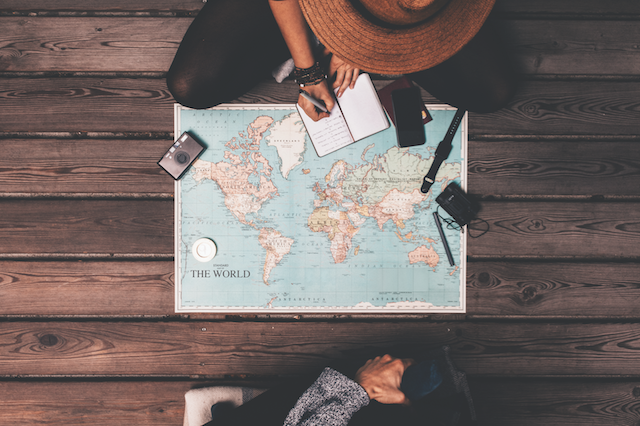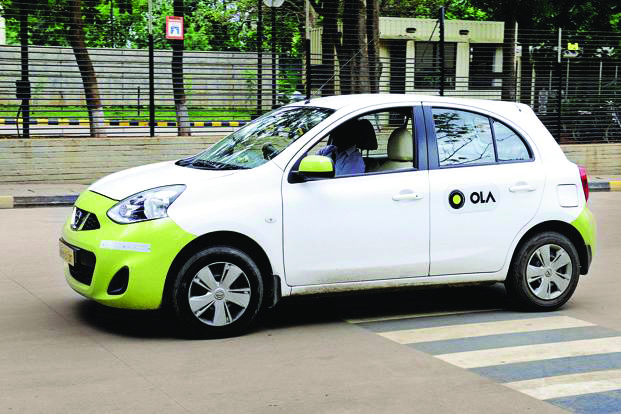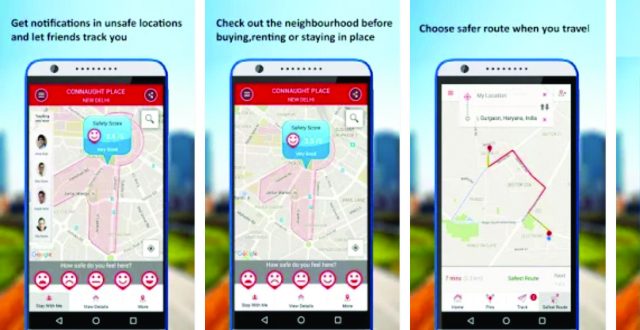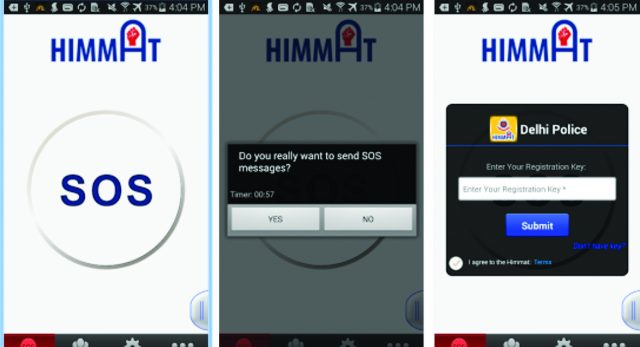Masala reveals ways in which women can take better safety measures when travelling in India.
By Ravleen Rasamee Madan
When traveling to our motherland, safety is no doubt the biggest concern for women in our community. Although it is very much apparent that these dangers have always existed, prominent coverage in the last five years has shone light to dire precautions. So when the media is constantly flooding us with news of rapes, assaults and sexual harassment cases, what exactly is the Indian government doing to actively combat this problem? And what does this mean for us female travellers?
Transportation
When asking women where they feel most unsafe, many are quick to mention public forms of transportations. Whether it’s travelling by buses or trains to extremely crowded or remote areas, it is easy for men to take advantage. Big cities like Delhi and Mumbai have developed initiatives to make public transport safer for women. Improving basic amenities such as brighter lighting, introducing female only carriages and increasing the installation of CCTV cameras are the first few steps that have been taken. However, there is still no doubt a long way to go.
With companies like Uber and Ola entering the Indian market, female visitors like myself, definitely feel safer. When traveling with Uber, routes, driver and vehicle information can be sent to family and friends with the click of a button. They can closely monitor your journey in case they have safety concerns. Additionally, knowing drivers are properly vetted in comparison to general cabs also makes travelers feel more secure.
Infrastructure Changes
Women are often afraid to travel alone in India, primarily due to proximity issues between their place of work and home. In 2015, the government launched a campaign in mid-sized cities (think outskirts of metropolitan capitals like Delhi and Mumbai) to improve safety and security. These initiatives involve paying attention to ‘problem areas,’ such as the walk between a woman’s house and the train station, or the bus stop and her workplace. The focus is again on adequate streetlights and CCTV coverage in public areas.
Safety Apps on Smartphones
Technology, when used correctly, has the propensity to improve our safety. There are dozens of recently launched smartphone applications that can easily be downloaded, including the top rated Safetipin, Himmat and Raksha.
Safetipin offers essential services, such as the ability to be tracked by friends and family via GPS pin, storage of emergency contact numbers and directions to ‘safe’ locations. These safe locations are user generated, whereby people are able to give scores to places based on where they feel most safe and most dangerous. Hence, the app increases the safety for women in cities with the help of the whole community.
There is also a ‘scream’ function and an ‘SOS’ alert in the case of a genuine emergency.
Other apps with similar functions include Delhi police supported Himmat, which sends an alert directly to the police, and Raksha, which sends distress signals simply by pressing the volume button on your smartphone.
Tips for Solo or Group Female Travellers:
- Be culturally aware of your attitude and how you dress. No one is asking you to cover your body from head to toe, but dressing sensibly when traveling alone or in small groups is important.
- Assert yourself. Indian women and men are known for their firm and assertive nature, so being too polite won’t necessarily get you anywhere. Be tough and confident instead!
- When sightseeing alone or in small groups, join group tours from well-established tour agencies to ensure your safety.
- Imitate the local women. Our main issue as OCIs is that we generally stand out. So talk in Hindi, dress culturally appropriately, and try to fit in as much as possible.
- Don’t wander to new places alone at night.
- Always get an Indian sim-card, know your emergency contact numbers and don’t forget to download safety apps – our favourite is Safetipin!









